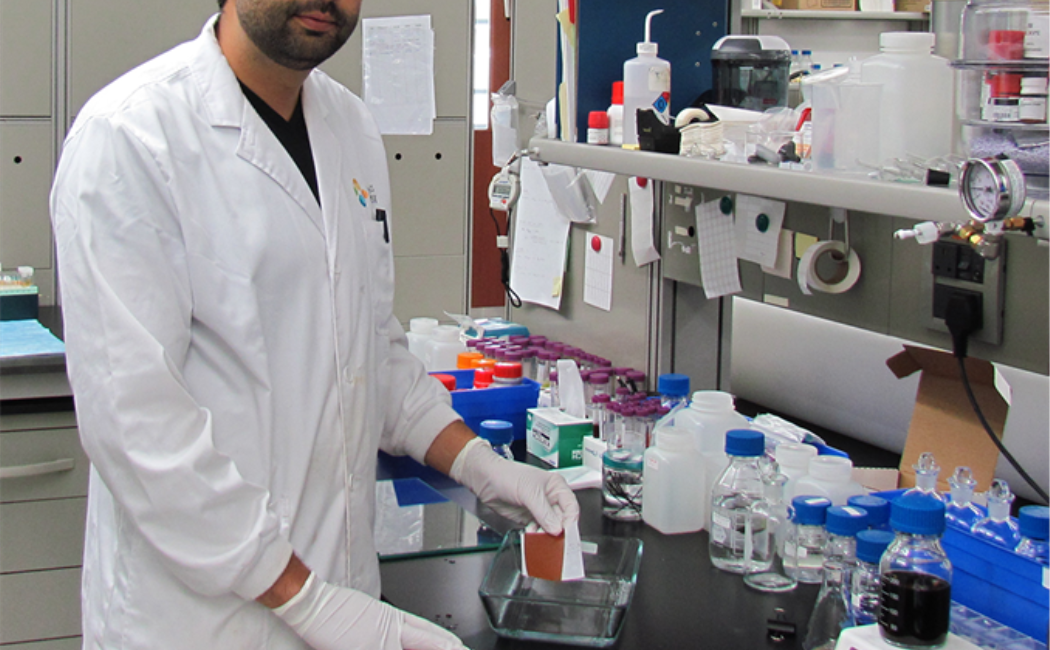PhD Student Award March 2017
15 March, 2017
Francisco was born in Mexico City. Always curious about how the materials we use every day were made, he decided to study chemical engineering at Mexico’s top university, the National Autonomous University of Mexico (UNAM) in Mexico City.
Long before KAUST’s inauguration in 2009, Francisco heard about the University when he was half way through his bachelor’s program. He fell in love with the idea of a university in the middle of the desert that intended to push the boundaries of science and technology. He followed the development of KAUST as closely as he could, although there was very little information available at the time. When he was close to finishing his bachelor’s degree, and when he felt he was ready, Francisco applied and was accepted to KAUST.
He knew nothing about the Middle East and the greatest challenge for him in coming to Saudi Arabia and KAUST was the uncertainty. In Mexico, Francisco felt that his life was established and secure: he already had job offers and all his friends and his girlfriend (who is now his wife) were there. It was a leap-in-the-dark decision to move to Saudi Arabia. Once he arrived at KAUST, however, he found that any hesitation disappeared and the University exceeded all his expectations.
Francisco works with Professor Klaus-Viktor Peinneman in the Advanced Membranes and Porous Materials Center on developing polymeric membranes doped with metals in the surface-active layer. The metals they use can be in the form of nanoparticles, ions or crystals and the membranes they engineer can be used in catalysis, nanofiltration, gas separation and even to control biofouling on the membrane’s surface.
All his hard work in the lab has paid off: Francisco has published nine peer-reviewed papers since starting his degree. On six of those papers, he is the first author. Francisco published one of his papers in the high-impact journal Nanoletters in 2015 and he published a subsequent study in Macromolecular Rapid Communications, another high-impact journal, in 2016. He said that the most rewarding thing about his research is to see the results of his work and that of his colleagues finally published.
His tip for getting published in a high-impact Journal is to read as many papers as possible in that journal to get used to its language, the style of writing and the kind of research the journal is interested in and to determine where the cutting-edge of the field is.
In addition, Francisco is a co-inventor on three KAUST patent applications, on one case as lead inventor. Francisco had an idea for new method to create membranes. He developed a simple and scalable process for building multi-functional membranes with high loading of well-dispersed metal ions in the dense layer.
Francisco credits Professor Peinneman with helping him the most during his KAUST journey. “He always encouraged my crazy ideas, guided me in the right way and never discouraged me” he recalled.
After graduating with his PhD from KAUST, Villalobos hopes to find a Postdoctoral position and pursue a career in academia, eventually applying to become a professor.
“I am very happy, that Francisco receives this award. He was working hard, but most importantly, he is very creative; he dared to design and to make experiments, which nobody made before, and he did it right and made a valuable contribution to membrane science. I tried to teach him, but I also learned from him.” said Professor Peinemann.


